It’s no good having a Ferrari if you don’t know how to drive it and so it is with the “Scanbox 4K” the best small format scanner in the UK today. The Scanbox 4K is the big brother to my old machine the “Memory HD” (2009 to 2020) it uses the latest version of “Kolibri” which is the capture and control software I have been using since 2009.
All of the important hard work I do before I capture so much as a frame of your film. I have full control over all of the elements that go to create an image.
There is also control of the simple elements of exposure time, brightness, contrast, shadows & highlights. I also have full control over the way the colours of your film look. With both RGB and HSL control I can change the hue, saturation and luminescence, the black and white gain, Red gain, Green / Red gain, Green / Blue gain and Blue gain. I can control the individual colours of the light bath that creates the image. This means I have Red light, Green light and Blue light sliders. Finally I have what all good modern film editors need a perfect white balance.
With all of these parameters at my disposal I use them to get the very best image that your film will allow and I do all of this BEFORE I capture a frame. I do this for each and every scene of your archive. Because of the way I work, programming everything in, it means you get a pretty much perfect edit of your films. I don’t program in all of the blank bits, the black bits or the leaders so they don’t appear in your final film.
Take a quick look at the video above for an in depth description of how this process gets the very best from your film.
 The new Scanbox 4K is a significant improvement over the old “Memory HD”. The obvious thing is the ability to create true and full 2k and 4k images…. but also…..
The new Scanbox 4K is a significant improvement over the old “Memory HD”. The obvious thing is the ability to create true and full 2k and 4k images…. but also…..
Half the battle in creating the perfect image is getting a stable image. The film is flying past the capture lens at 24 frames per second and this involves a lot of movement. Even more movement if the film isn’t perfectly flat with perfectly placed and spaced sprocket holes. Cinefilm rarely has that perfection so somehow the film image and the capture lens have to be in perfect synchronization.
The new Scanbox 4K has Laser sprocket registration specifically designed for each different film format. So that I know at any point that the film image will be as rock-solid as it ever could be. Any variation is calculated so however “off” the physical film is the digital image will be absolutely stable. This allows precise positioning of the image. Laser detection can handle any type of film with up to 5% shrinkage.
Focus is always perfect as the system also uses laser focus, with a series of increasing or decreasing numbers showing the exact point that focus is perfect.
So between image composition, workflow, stability and focus the Scanbox 4K has everything needed to give the best possible results from your cine film.
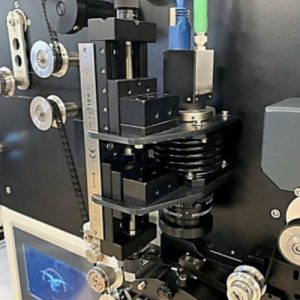 If your film has a soundtrack I can capture this sound at the same time as your images so that they are always perfectly synchronized. This can be a magnetic stripe on Standard 8mm, Super 8mm or 16mm film or an optical stripe on 16mm film. I have also invested in getting the Super 8mm double audio head for those extrememly rare S8 films that have sound recorded on both magnetic stripes (main and balance).
If your film has a soundtrack I can capture this sound at the same time as your images so that they are always perfectly synchronized. This can be a magnetic stripe on Standard 8mm, Super 8mm or 16mm film or an optical stripe on 16mm film. I have also invested in getting the Super 8mm double audio head for those extrememly rare S8 films that have sound recorded on both magnetic stripes (main and balance).
Some companies will tell you that sound cannot be captured or they might charge you a 50% surcharge because they cannot capture the image and the sound at the same time and they have to try and get them sychronized in editing software. If you have sound involving talking to camera then this is a hopeless method of progressing, the sound must be captured at the same time as the image.
If your films are silent I can add a gentle classical soundtrack. There is a small fee for this. I have carefully chosen the tracks I use so that they are not intrusive. You can also choose your own specific soundtrack, if you have songs that mean a lot to you. The final cost will depend on the complexity of what needs to be done to achieve what you want.
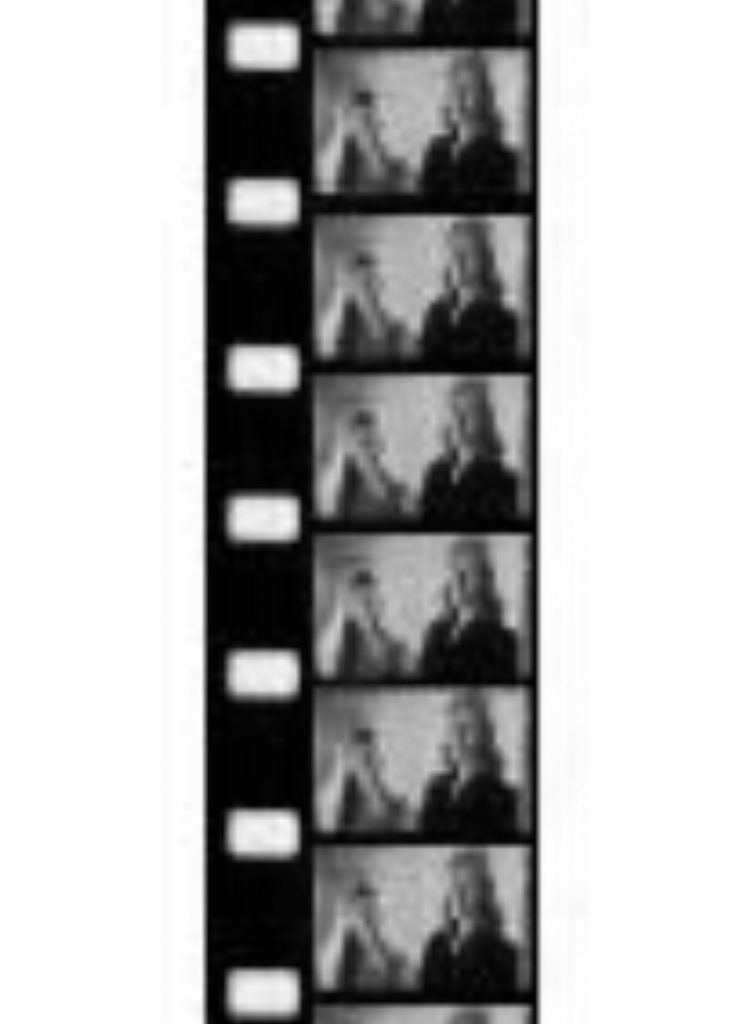



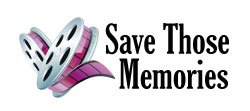
 The new Scanbox 4K is a significant improvement over the old “Memory HD”. The obvious thing is the ability to create true and full 2k and 4k images…. but also…..
The new Scanbox 4K is a significant improvement over the old “Memory HD”. The obvious thing is the ability to create true and full 2k and 4k images…. but also….. If your film has a soundtrack I can capture this sound at the same time as your images so that they are always perfectly synchronized. This can be a magnetic stripe on Standard 8mm, Super 8mm or 16mm film or an optical stripe on 16mm film. I have also invested in getting the Super 8mm double audio head for those extrememly rare S8 films that have sound recorded on both magnetic stripes (main and balance).
If your film has a soundtrack I can capture this sound at the same time as your images so that they are always perfectly synchronized. This can be a magnetic stripe on Standard 8mm, Super 8mm or 16mm film or an optical stripe on 16mm film. I have also invested in getting the Super 8mm double audio head for those extrememly rare S8 films that have sound recorded on both magnetic stripes (main and balance).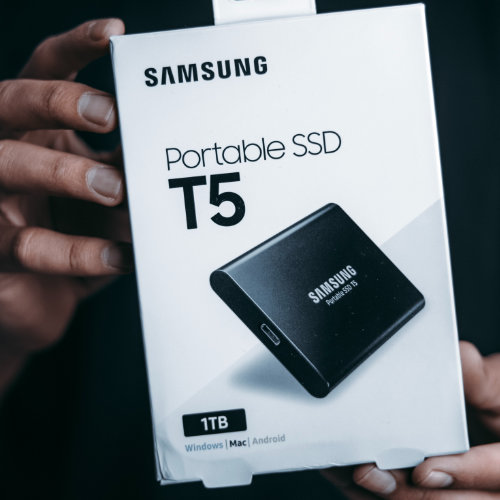


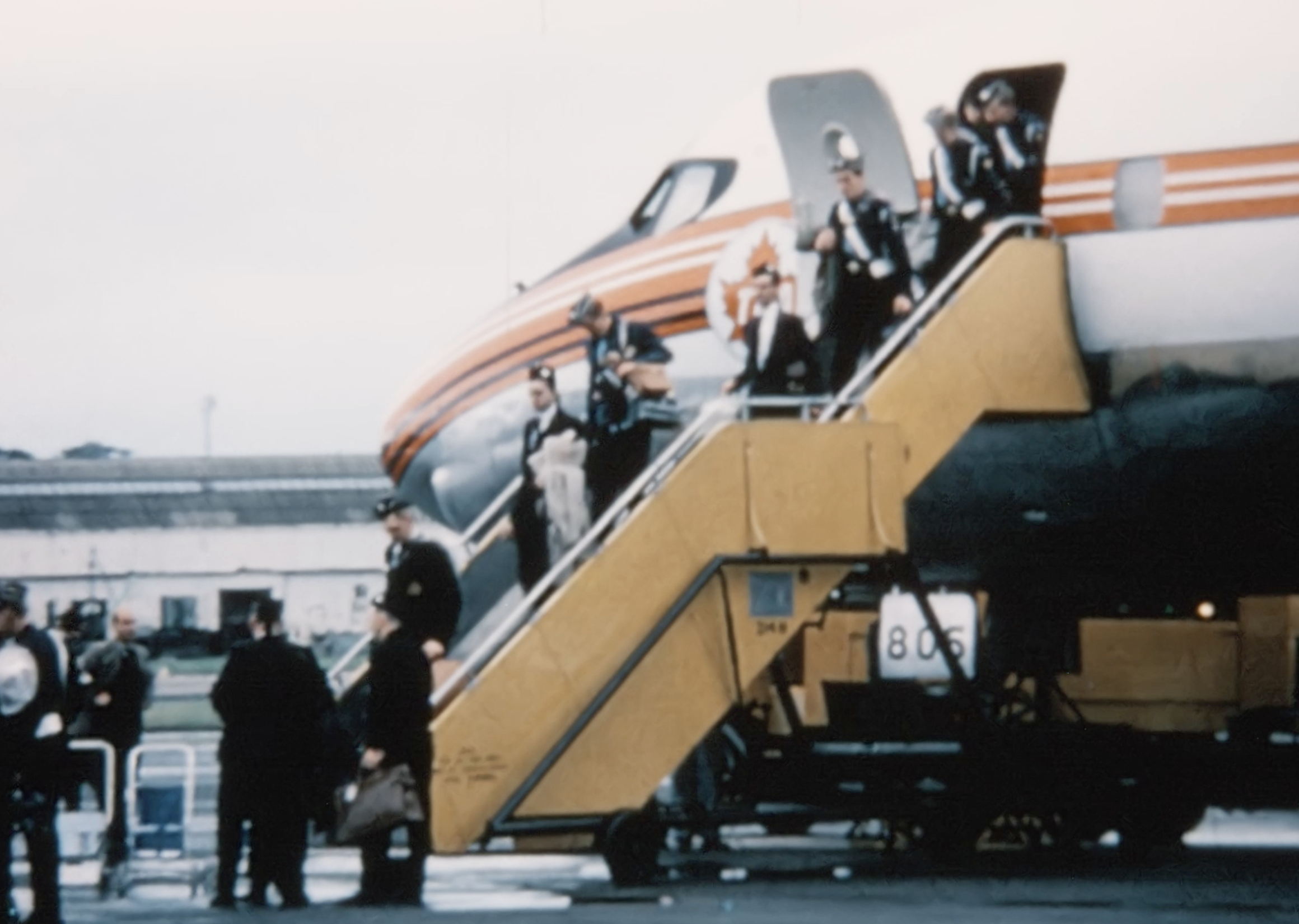
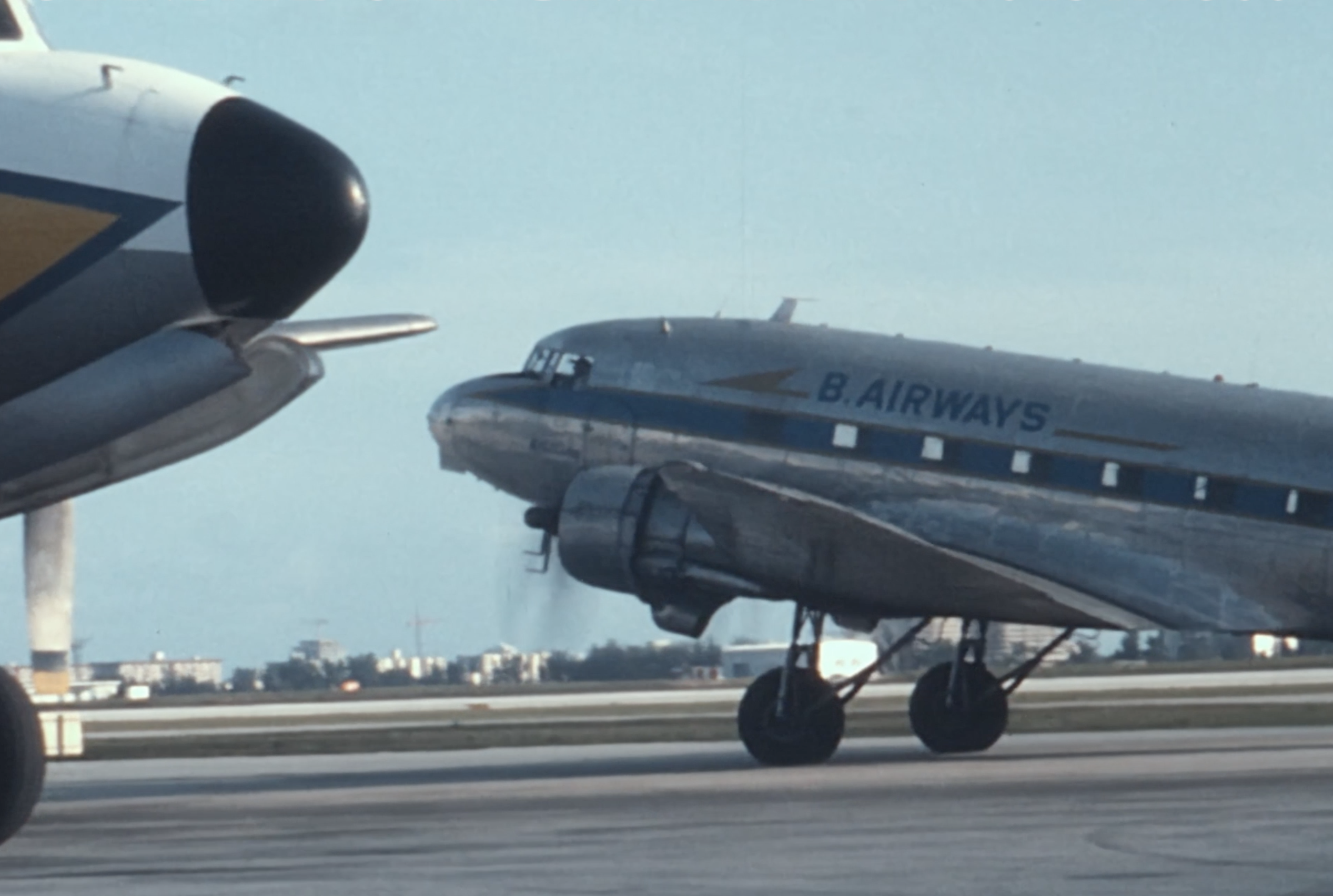
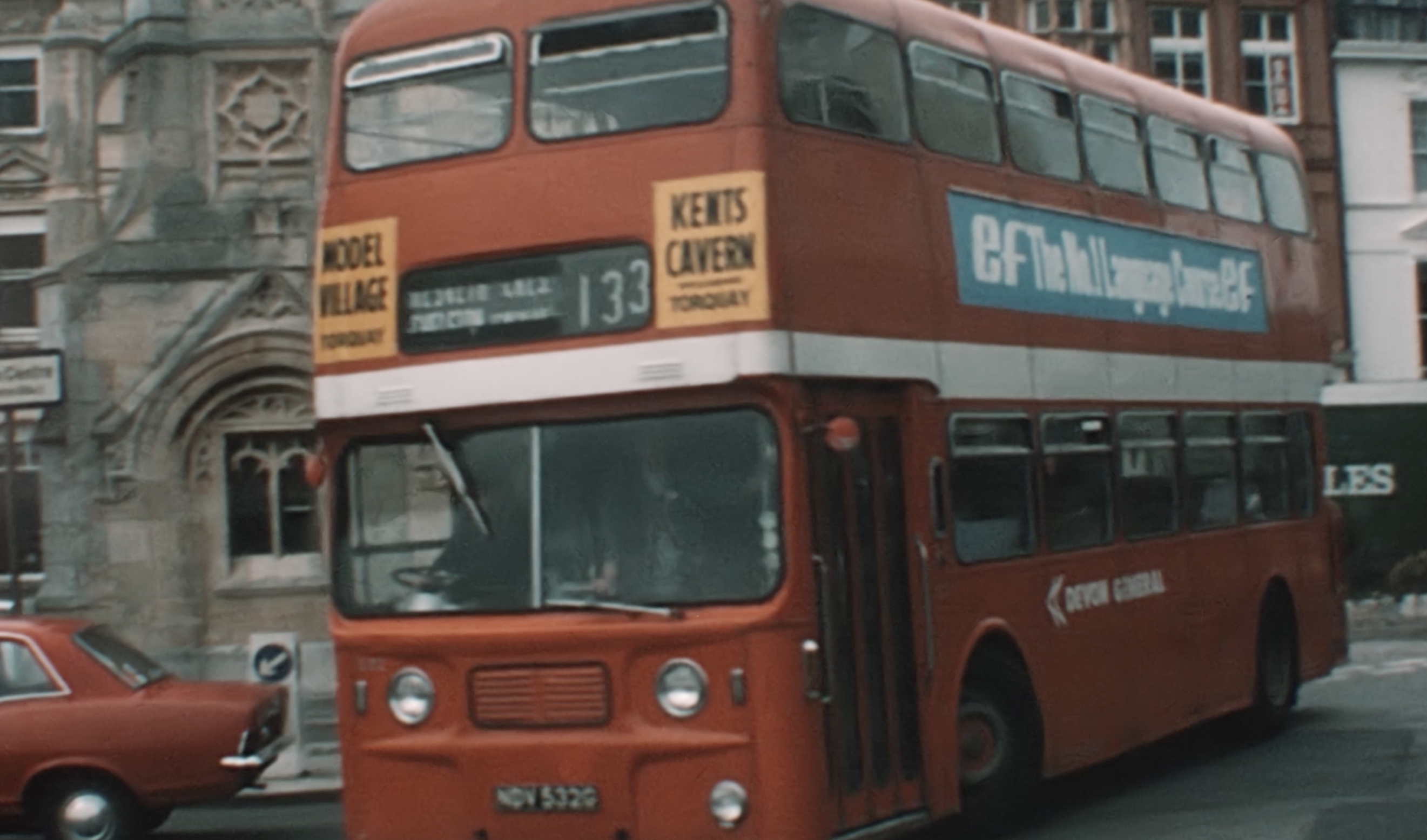
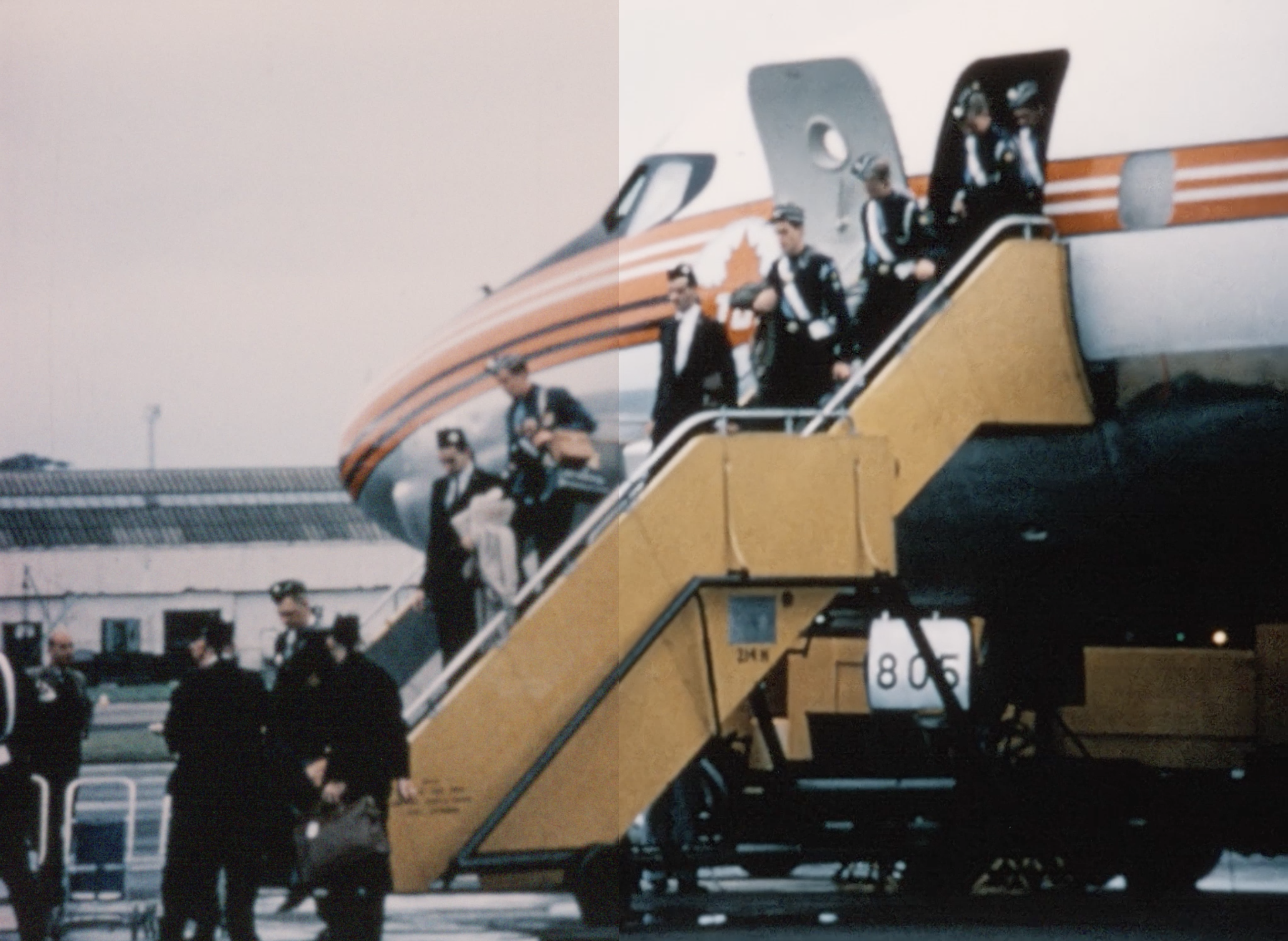
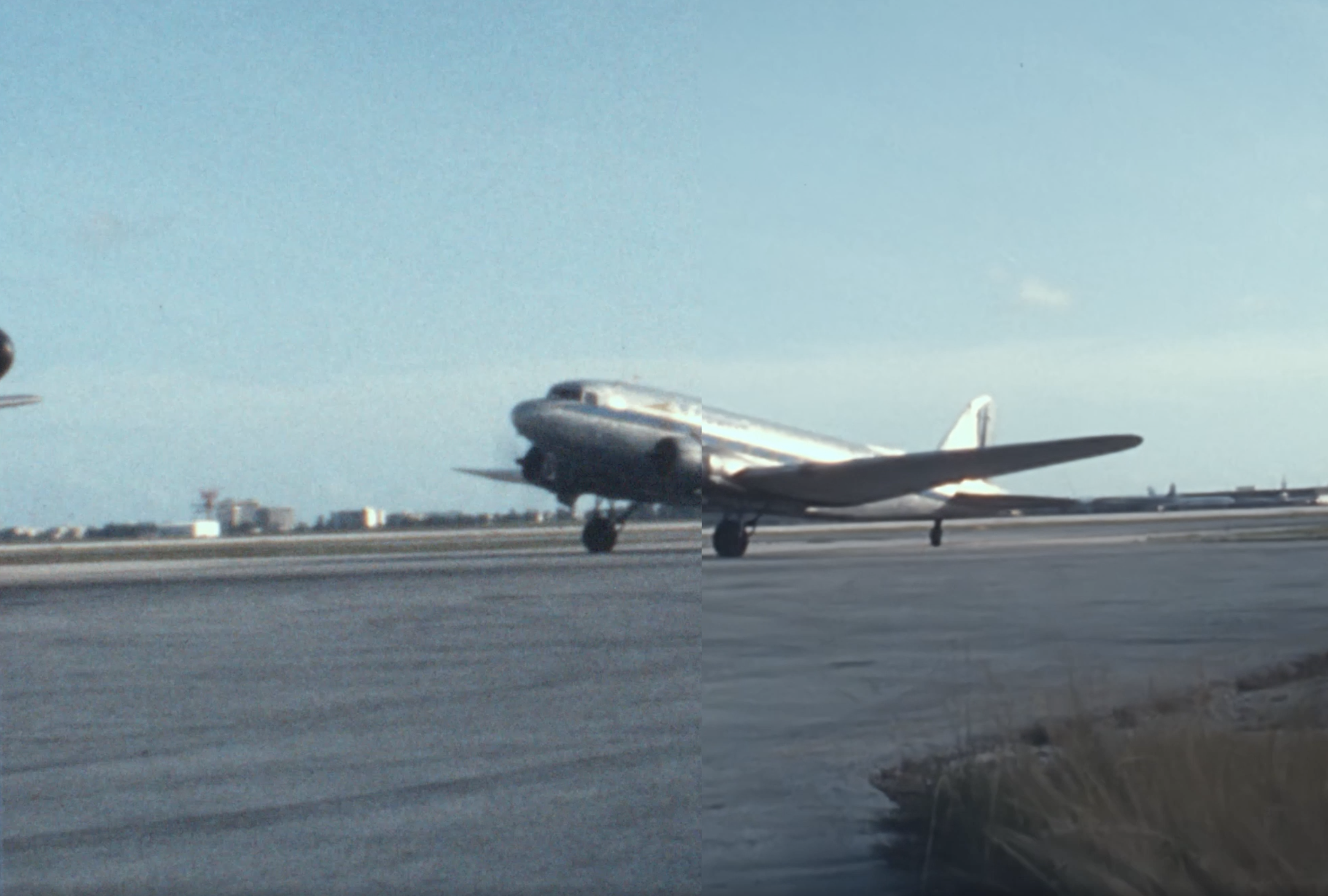
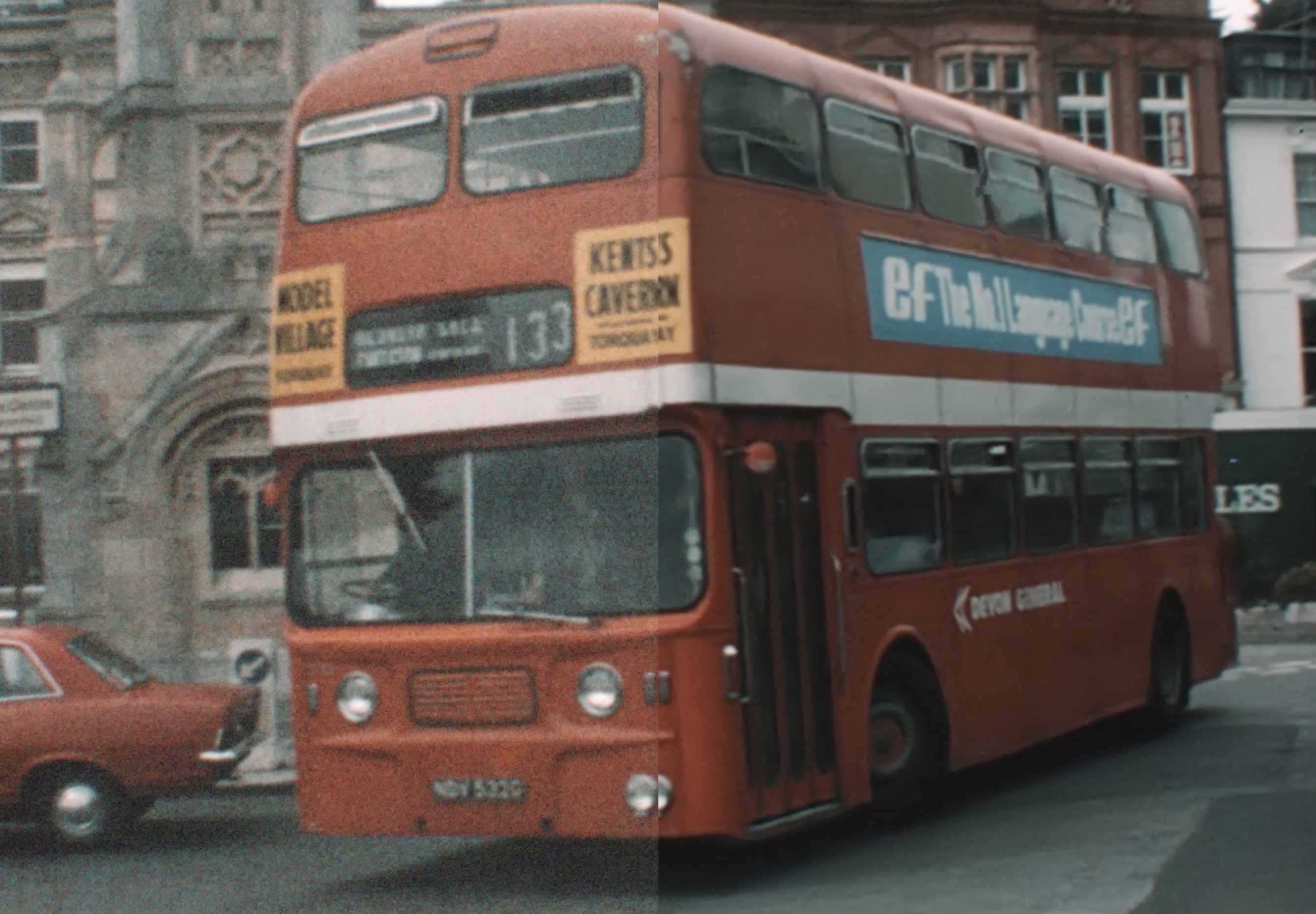
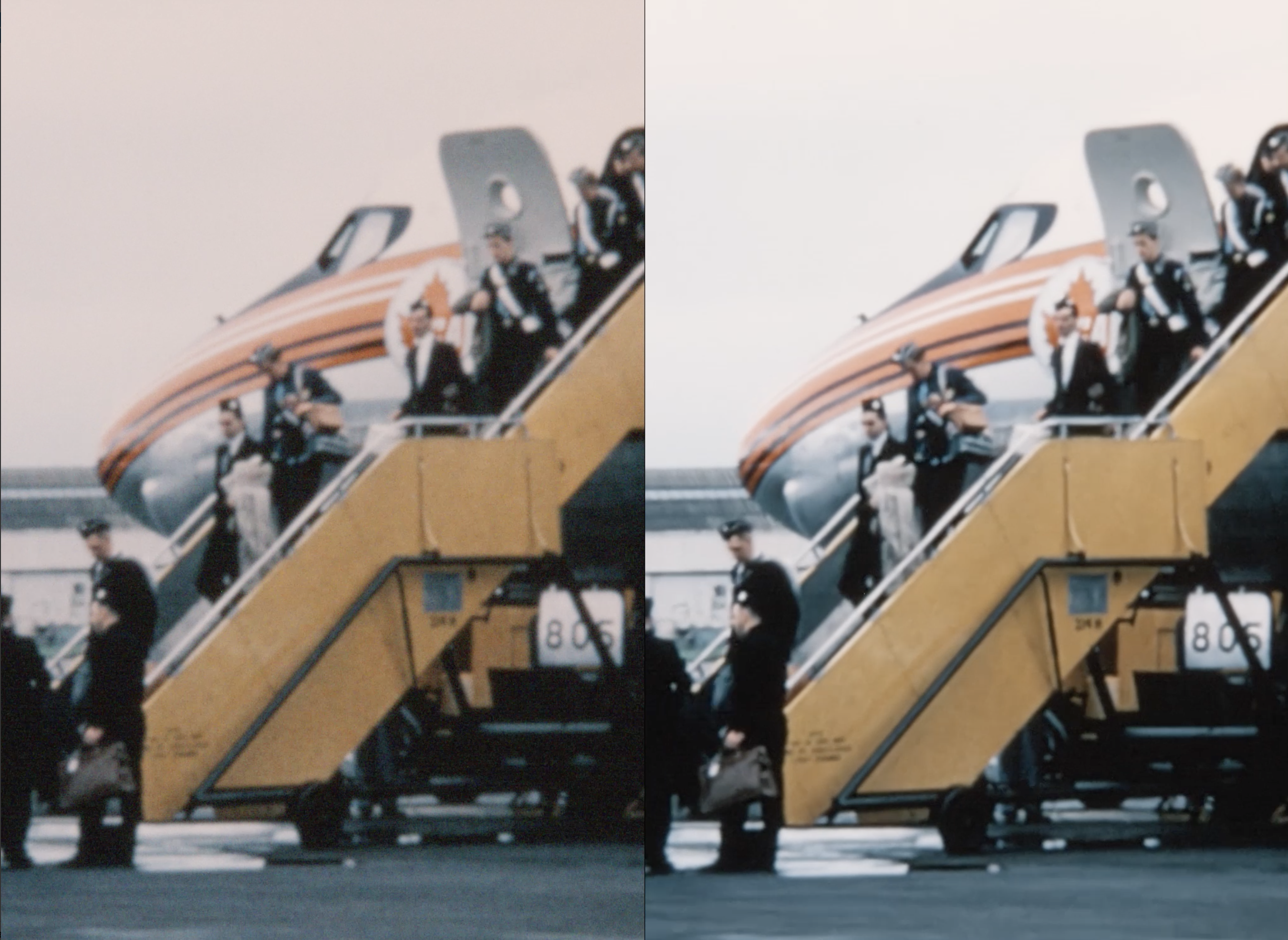
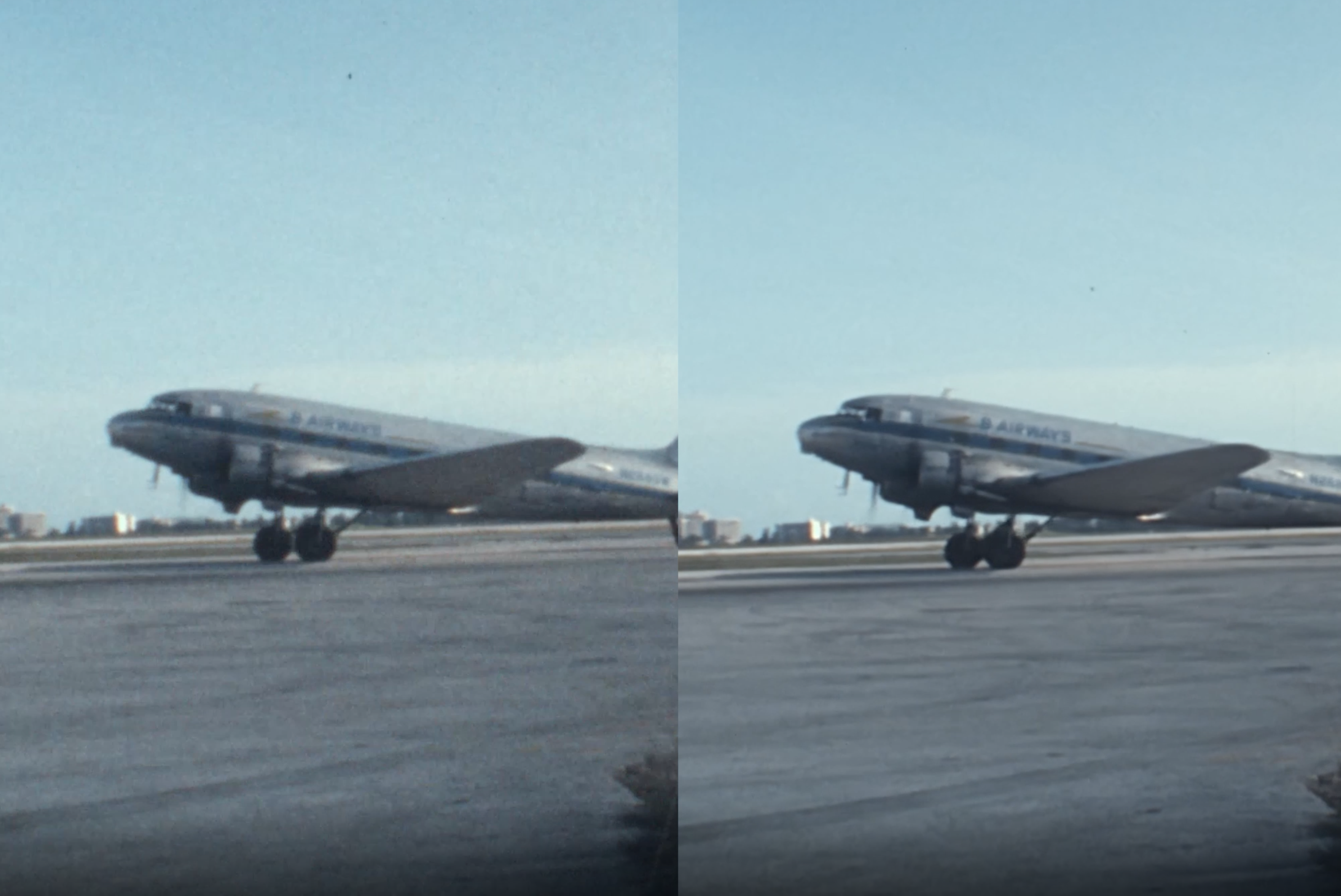

 All cinefilm that I digitize will be comprehensively cleaned before I transfer it. Over a film’s lifetime of being played and stored it will build up quite a residue. Everything from dust, hairs, oil, grease, fingerprints and various specks. All of these will potentially end up on screen if the film is not thoroughly cleaned first. Firstly, I use the Industry standard ECCO cinefilm cleaner and I now have 3 of them operational for varying film formats.
All cinefilm that I digitize will be comprehensively cleaned before I transfer it. Over a film’s lifetime of being played and stored it will build up quite a residue. Everything from dust, hairs, oil, grease, fingerprints and various specks. All of these will potentially end up on screen if the film is not thoroughly cleaned first. Firstly, I use the Industry standard ECCO cinefilm cleaner and I now have 3 of them operational for varying film formats. I have found over the last few years that the more time I spend on your archive BEFORE it gets to the new “Scanbox 4K” the better the final outcome. So during the cleaning process I take the films off your reels and put them on professional 1,200ft reels. I make sure all of the leaders are in good condition and the splices are good enough to ensure a smooth transition through my machinery. Within reason I will happily repair two splices per 100ft. Over that I will reserve the right to charge a nominal amount per splice. I have to do this as sometimes I get a 200ft reel with 40 broken splices or just “bits of film”.
I have found over the last few years that the more time I spend on your archive BEFORE it gets to the new “Scanbox 4K” the better the final outcome. So during the cleaning process I take the films off your reels and put them on professional 1,200ft reels. I make sure all of the leaders are in good condition and the splices are good enough to ensure a smooth transition through my machinery. Within reason I will happily repair two splices per 100ft. Over that I will reserve the right to charge a nominal amount per splice. I have to do this as sometimes I get a 200ft reel with 40 broken splices or just “bits of film”.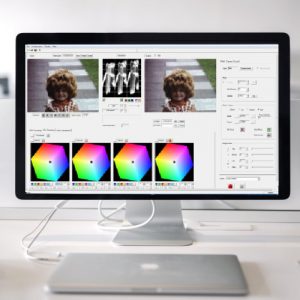 The majority of the work I perform on your archive will be done before I capture so much as a single frame. The Scanbox 4K knows exactly what frame is in front of the camera at any given point in time. So, I can tell the Scanbox 4K how that frame should look.
The majority of the work I perform on your archive will be done before I capture so much as a single frame. The Scanbox 4K knows exactly what frame is in front of the camera at any given point in time. So, I can tell the Scanbox 4K how that frame should look.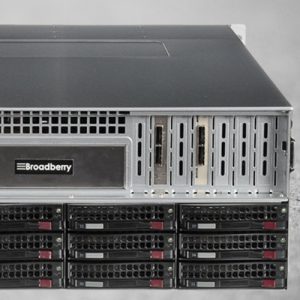 To be able to give you access to duplicate discs or files up to two years later I have invested in reliable long-term storage. I now have a total 248TB of back-up space using a brand new Enterprise Class Broadberry Cyberstore Raid structures. To back up even older files I am using 60TB of G-Tech ESpro Raid storage. So, between my new and older systems I will have your material backed up for many years.
To be able to give you access to duplicate discs or files up to two years later I have invested in reliable long-term storage. I now have a total 248TB of back-up space using a brand new Enterprise Class Broadberry Cyberstore Raid structures. To back up even older files I am using 60TB of G-Tech ESpro Raid storage. So, between my new and older systems I will have your material backed up for many years.